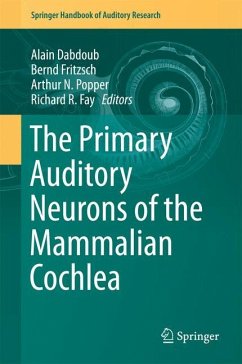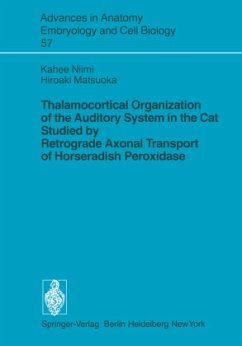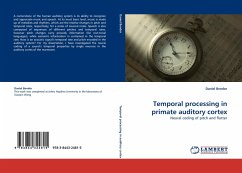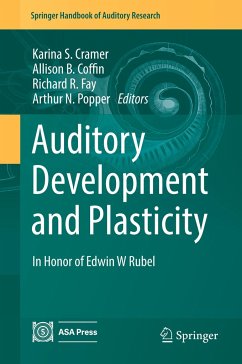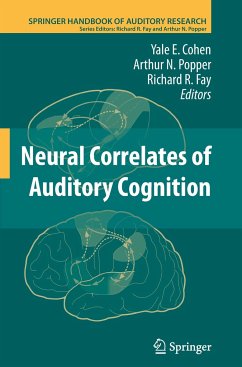
Evolution of Mammalian Auditory Ossicles
Versandkostenfrei!
Versandfertig in 6-10 Tagen
26,99 €
inkl. MwSt.

PAYBACK Punkte
13 °P sammeln!
The evolution of mammalian auditory ossicles is one of the most well-documented and important evolutionary events, demonstrating both numerous transitional forms as well as an excellent example of exaptation, the re-purposing of existing structures during evolution. In reptiles, the eardrum is connected to the inner ear via a single bone, the stapes or stirrup, while the upper and lower jaws contain several bones not found in mammals. Over the course of the evolution of mammals, one lower and one upper jaw bone (the articular and quadrate) lost their purpose in the jaw joint and were put to ne...
The evolution of mammalian auditory ossicles is one of the most well-documented and important evolutionary events, demonstrating both numerous transitional forms as well as an excellent example of exaptation, the re-purposing of existing structures during evolution. In reptiles, the eardrum is connected to the inner ear via a single bone, the stapes or stirrup, while the upper and lower jaws contain several bones not found in mammals. Over the course of the evolution of mammals, one lower and one upper jaw bone (the articular and quadrate) lost their purpose in the jaw joint and were put to new use in the middle ear, connecting to the stapes and forming a chain of three bones (collectively called the ossicles) which amplify sounds and allow more acute hearing. In mammals, these three bones are known as the malleus, incus, and stapes (hammer, anvil, and stirrup respectively).



